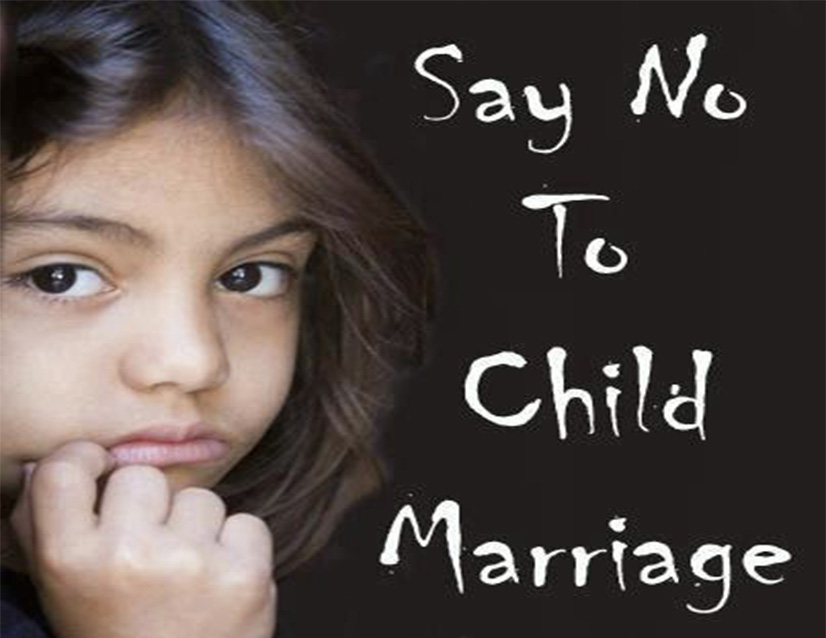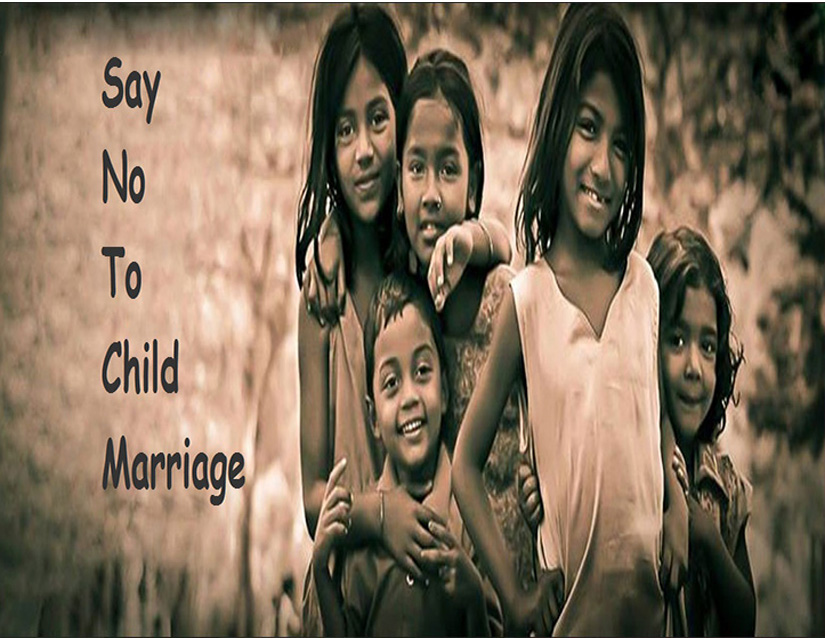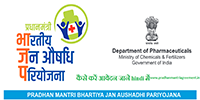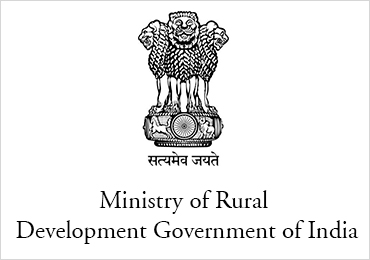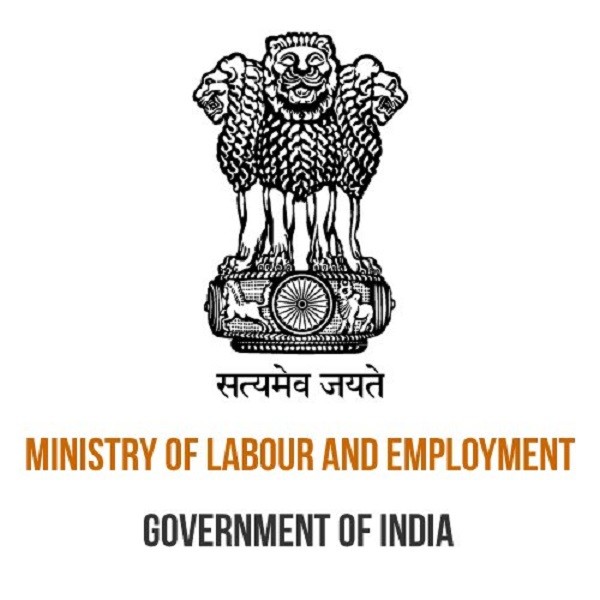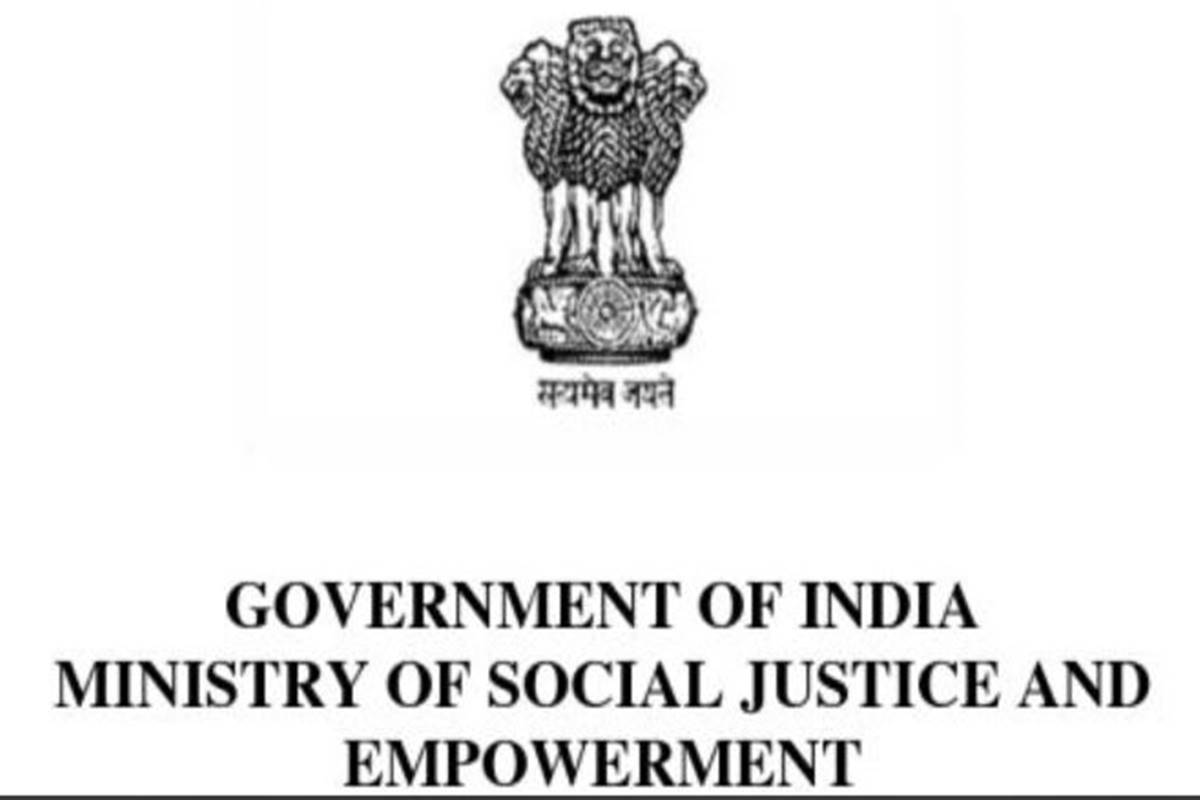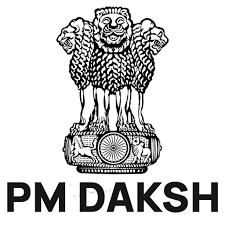Description
India has the highest number of child brides in the world. It is estimated that 27% of girls in India are married before their 18th birthday.
The rates of child marriage vary between states and are as high as 69% and 65% in Bihar and Rajasthan.
In many Indian communities, girls are seen as economic burdens and marriage transfers the burden to her husband. This compels many poverty stricken families to get their girls married at a very young age. if girls are married off below the age of 18 and boys below 21, the practice is called child marriage.
In many communities girls are seen as an economic burden and marriage transfers the responsibility to her new husband. Poverty and marriage expenses such as dowry may lead a family to marry off their daughter at a young age to reduce these costs.
Patriarchy, class and caste influence the norms and expectations around the role of women and girls in India. In many communities restrictive norms limit girls to the role of daughter, wife and mother who are first seen as the property of her father and then of her husband.
Controlling girls and women’s sexuality is an influential factor in the practice of child marriage too. Pressure towards early marriage aims to minimise the dishonour associated with improper female sexual conduct, often leading to marriages arranged around the time of puberty.
Poor educational opportunities for girls, especially in rural areas, also increase girls’ vulnerability to child marriage.
In the male dominated society, girls are usually kept confided and considered apt for the role of a daughter, wife, mother and sister. They are neither allowed to study or participate in any family decisions. More often than not they are also barred from taking decisions about their own lives.
All these factor as well as lack of awareness among people influence the practice of early marriage or child marriage.
Important facts:
-
Here are some other major reasons for child marriage:
• Limited education opportunities, low quality of education, inadequate infrastructure, lack of transport and therefore concerns about girls’ safety while travelling to school significantly contribute to keeping girls out of school and therefore tend to favour child marriage.
• Although there is widespread awareness of the Prohibition of Child Marriage Act 2006 (PCMA) and the illegality of child marriage, individually people feel that the traditions and norms are stronger than the law and the institutions and rarely report cases. On top of this, there is limited capacity among officials and lack of willingness to go against community decisions, since officials are themselves part of the community.
• Girls are often seen as a liability with limited economic role. Women’s work is confined to the household and is not valued. In addition, there is the problem of dowry. Despite the fact that dowry has been prohibited for five decades (Dowry Prohibition Act, 1961), it is still common for parents of girls in India to give gifts to the groom and /or his family either in cash or kind.
The dowry amount increases with the age and the education level of the girl . Hence, the “incentive” of the system of dowry perpetuates child marriage.• Law enforcement to prohibit child marriage is relatively weak. Limited detailed knowledge on how to apply laws and little understanding of the consequences of the laws, as well as limited trust in institutions enforcing them, undermines the implementation of the PCMA.
• The families and girls who might benefit from social protection programmes are not always aware of them and these schemes are often limited to providing cash transfers without the accompanying messages to address the multi-dimensional nature of child marriage. The fallout of this is that cash transfers tend to perpetuate dowry, since parents use the grant for that purpose as soon as the girl turns 18 years old.
Early marriage is a serious social taboo that NGO PRAGTI wants to get eradicated as early as possible. NGO PRAGTI strives to create awareness among people about the serious consequences of child marriage which include poor health, poverty, and violation of their right to education among others. They are committee to end child marriage so that girls can fulfil their potential and help in creating a developed nation.
